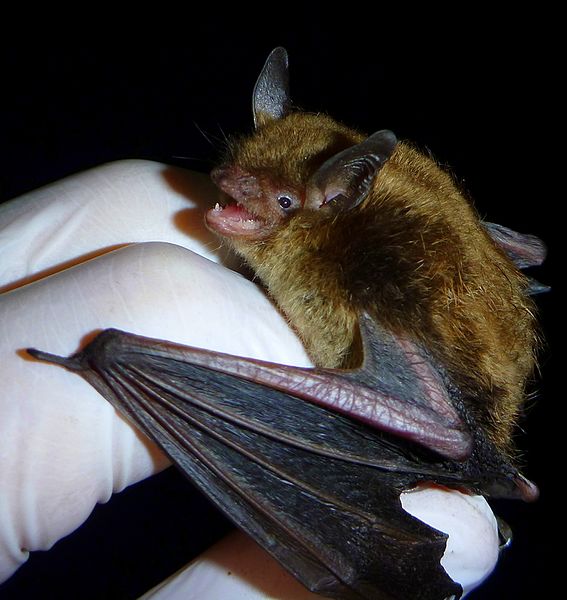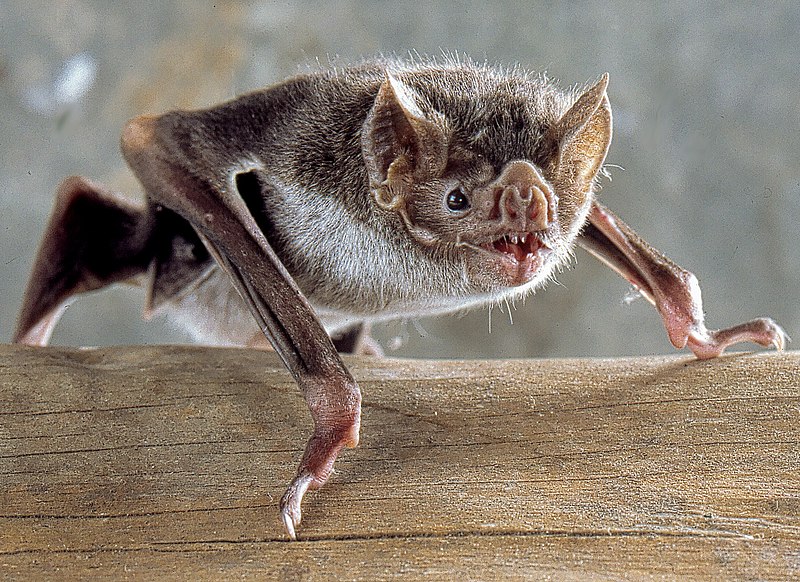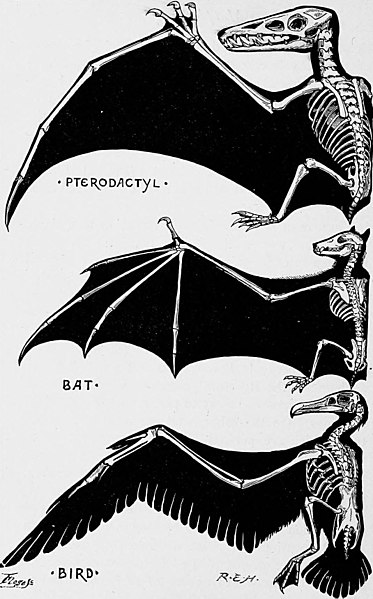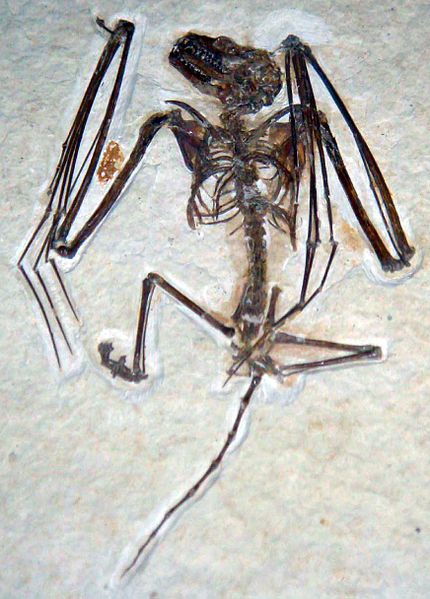Listen to Episode 59 on PodBean, Spotify, YouTube, or that other podcast player you like!
Only four times in the history of evolution have organisms developed powered flight. The only mammals to do it has achieved a worldwide distribution, a remarkable diversity, and the honor of being one of the most numerous groups of mammals. And yet, their evolutionary history is shrouded in mystery. In this episode, we discuss perhaps the most incredible of mammals: Bats.
In the news
These dinosaur footprints preserve incredible scale impressions.
Two species of European crows appear to be in the process of speciating.
In the Philippines, hominin fossils may represent a new species of human relative.
Analysis of modern seal skulls suggest seals started off as biters.
Bonus: More in the saga of the 100,000+ year old maybe-not human evidence.
Bats
Taking to the sky is not easy. Only four groups of animals have ever evolved powered flight: insects, pterosaurs, birds, and most recently, bats.
But it sure pays off. After rodents, bats are the most numerous group of modern mammals, with roughly 1200 described species, constituting around 20% of living mammal species, and possibly numbering one billion individuals worldwide.

They’re also highly diverse. On the small side, they include some of the smallest living mammals, such as Kitti’s hog-nosed bat (Craseonycteris thonglongyai), also known as the bumblebee bat, weighing 2 grams and with a wingspan under 6 inches (15cm). On the other side of the spectrum, some flying foxes can have 6 foot (2m) wingspans, and weigh a hefty 3 pounds (1.5kg).
About 70% of bats are insect-eaters, but others can eat pollen, fruit, fish (as well as other small animals like frogs and birds), and even blood. They also live surprisingly long lives.

Like all flying vertebrates, bats converted their front limbs to wings. Their fingers are extremely long, with air-catching membranes stretched between their fingers, their legs, and their tail, creating a huge continuous flight surface. Like birds, they have lightweight skeletons and powerful wing muscles.
Birds may be the more numerous and diverse fliers, but bats are by no means second-tier. Bats include some of the fastest flyers in the world, and there’s even evidence to suggest they are more efficient flyers than birds.

Bats belong to the mammalian order Chiroptera. Traditionally, they were split into two convenient suborders: the “microbats” (Microchiroptera) and the “megabats” (Megachiroptera). This was an attractive split, with the microbats including all echolocating, mostly nocturnal insectivorous bats, and the megabats including the non-echolocating fruit bats.
But more recently, with new input from genetic and fossil data, the group has been reorganized into two new suborders: Yinpterochiroptera (which combines the megabats with 5 families of microbats) and Yangochiroptera (all the rest). Less memorable, but more accurate!
Scientists have debated for a long time where bats fit among the mammal family tree. They’ve been placed alongside primates and other various groups of small mammals, and are most recently considered part of Laurasiatheria alongside hoofed mammals, shrews, pangolins, and carnivorans.
Fossils
Much of the confusion surrounding bat evolution comes from an exceedingly poor fossil records. Bats simply don’t fossilize well, or often, and it’s been estimated that their fossil record is only around 12% complete.

The earliest bat fossils date to the early Eocene, around 50 million years ago, in North America, and they already appear to be fully flighted and echolocating! This gives us very little fossil information on how these traits came about. Most fossil bats are strikingly similar to modern forms.
Onychonycteris finneyi is often considered the most basal (ancestral) of the bats. Hailing from Wyoming 52.5 million years ago, it retained claws on all five of its fingers, and had relatively short wings and long legs. For a while, paleontologists had concluded that Onychonycteris didn’t echolocate, suggesting flight evolved first, but more recent analysis has called this into question. So, we’re still confused.
Echolocation appears to have evolved once early on in bats, and was lost in fruit bats and their cousins, although some of those bats have developed simpler ways to echolocate.

Given the poor fossil record and a confusion about their relationships, we don’t really know what bat ancestors looked like. They were probably small climbing mammals, and may have started off as gliders or parachuters. But until more good evidence comes up, we simply don’t know.
More Links
Bats Respond to Very Weak Magnetic Fields
Bats: Fuzzy Flying Mammals
Echolocation in bats and whales based on same changes to same gene
Terrestrial bats
– When Sonar Doesn’t Cut It, These Bats Crawl to Hunt Prey
– Why fly when you can shuffle? This curious bat prefers the ground
– The most terrestrial of bats
– Giant extinct bat walked on four legs through New Zealand
Fossil bats
– Fossil Bat Stories, Part 1
– Fossil Bat Stories, Part 2: What Are Noctilionids? What Are Noctilionoids?
– Fossil Bat Stories, Part 3: Bulldog Bats
– Paleontologists Determine Original Color of Extinct Bats
—
If you enjoyed this topic and want more like it, check out these related episodes:
- Episode 6 – Evolution of Flight
- Episode 79 – Pterosaurs
- Episode 37 – Evolution of Birds
- Episode 134 – Sanguivores (Blood-Eaters)
We also invite you to follow us on Twitter, Facebook, or Instagram, buy merch at our Zazzle store, join our Discord server, or consider supporting us with a one-time PayPal donation or on Patreon to get bonus recordings and other goodies!
Please feel free to contact us with comments, questions, or topic suggestions, and to rate and review us on iTunes!
I know it doesn’t follow your paleontological theme, but North American bats were decimated by the whitenose fungus (https://www.nps.gov/articles/what-is-white-nose-syndrome.htm, https://www.nationalgeographic.com/animals/2018/11/white-nose-syndrome-bat-fungus-treatment-animals-news/, https://msphere.asm.org/content/1/4/e00148-16)
I find it interesting that flight has evolved in so many disparate groups: insects, pterosaurs, bats, and birds, especially since flight is energetically expensive.
LikeLike